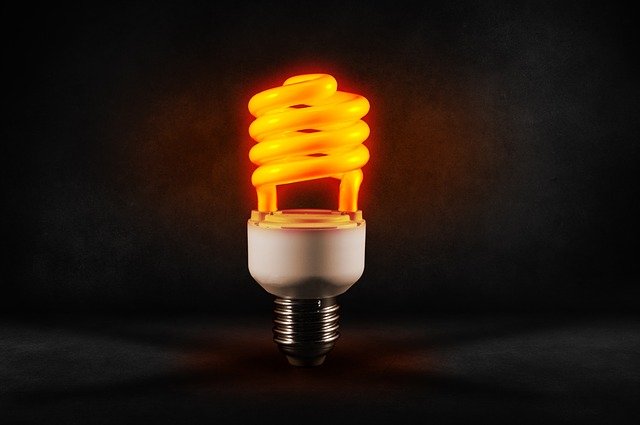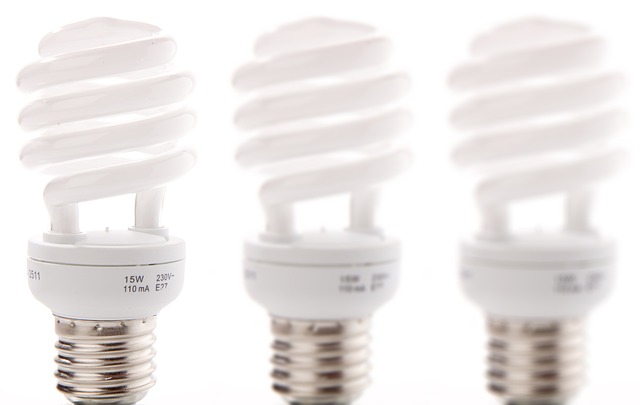

Luminous flux and power
Luminous flux and power, respectively, the power consumption of the light source is the first parameter that we are interested in. Currently, the highest luminous flux has an LED light source, and just behind it is a compact fluorescent lamp. To illuminate the desk, a 750 W bulb with a power of 9 lumens and a luminous flux is enough, but for the central lighting of the room you need to put a more powerful 12W with a flux of 1100 lumens. By the way, the classic filament lamp takes 100W of electricity and emits 1000 lumens.

Energy class label
All products that use electricity must have an energy label. It contains information about the energy requirements of its operation. Most household appliances today are classified into class A, for example, compact fluorescent lamps, even Leds are a+. Halogen bulbs, on the other hand, are in Class C and, if there are still filament Edison bulbs on the market, are in Class E and G.It is classified by.

Color rendering index Ra
Recently, interest in so-called full-spectrum lighting has increased. The name itself has already made it clear that these are light bulbs and fluorescent lamps, and the color spectrum of radiated radiation in their range is close to light exposure during the day, respectively. Such a light source emits almost all colors of the spectrum, including the long wavelength of infrared and the invisible part of short-wave ultraviolet. Such a resource is represented by an RA index, the value of which ranges from 80 to 95.
Number of on and off switches
Switching cycles were a limiting factor in the use of compact fluorescent lamps until a few years ago. Where the lights were often on and off, there was a limit to the life of these lamps, which were designed for maximum. 5,000 switching cycles. But today\’s phosphors and technological innovations have significantly extended the life of “savings” to up to 40 million cycles.
How fast does the light travel?
This is a question for consideration as the savings take longer to run at full capacity. This is especially true in the 90s. Currently, the startup time for most of these lights is on the order of seconds, which used to be minutes.
Operating temperature
The latter is very high, and this is a certain handicap in comparison with LEDs. In particular, the design of the luminaire should be adapted to this factor. Compact fluorescent lamps are heated up to 60 degrees Celsius, and there are no LEDs at all, but only the power supply, which is part of the socket, is slightly heated.